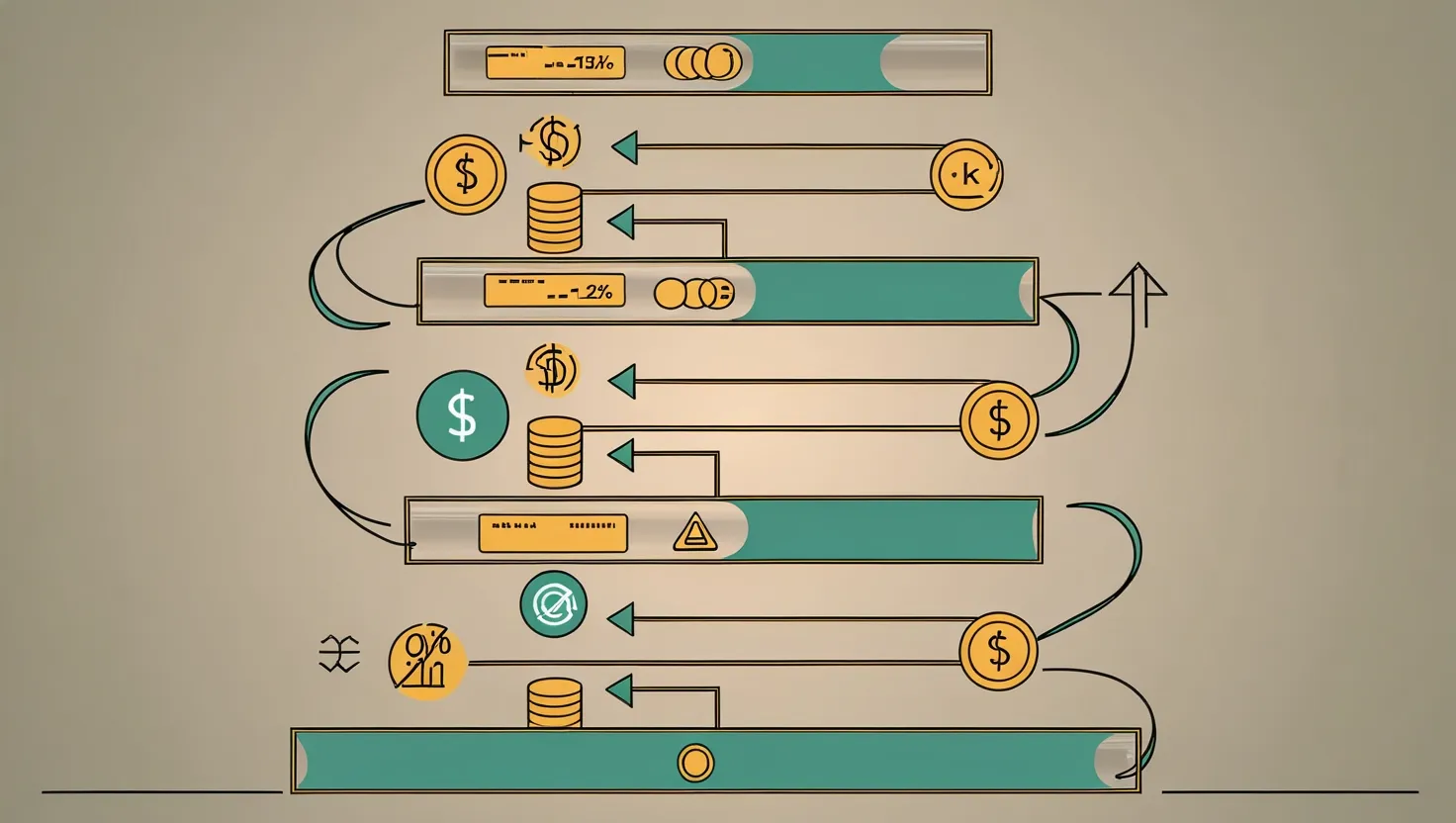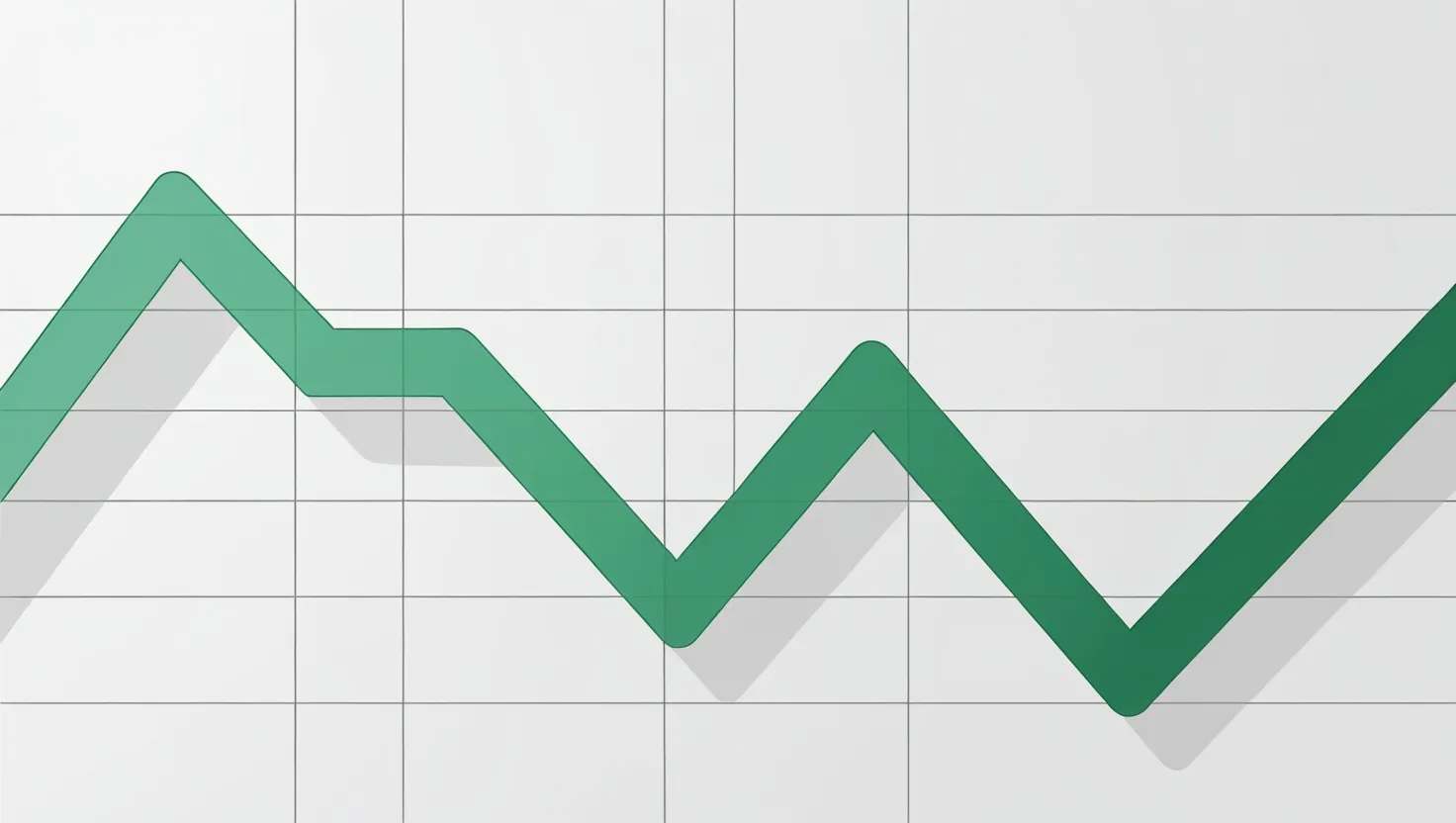In the intricate dance of global trade, the supply chain is often a complex and fragmented entity, prone to inefficiencies and mistrust. However, what if we could harmonize this process, making each step as seamless and trustworthy as a well-rehearsed symphony? This is where the concept of financial synchrony, powered by blockchain technology, comes into play.
Imagine a world where every transaction, every logistics checkpoint, and every financial exchange is a note on a score, perfectly aligned to ensure swift, secure, and transparent trade. This vision is not just a fantasy; it is a reality that is being crafted through the innovative use of blockchain protocols in supply chain management.
The Problem with Traditional Supply Chains
Traditional supply chains are riddled with inefficiencies. Information asymmetry, lack of transparency, and the reliance on intermediaries can lead to delays, increased costs, and a higher risk of fraud. For instance, in the supply chain finance sector, the lack of real-time visibility into the movement of goods and the status of payments can drive financing costs higher. This is because financers have to rely on incomplete or outdated information to gauge credit risk.
The Blockchain Solution
Blockchain technology offers a solution to these problems by providing a transparent, immutable, and real-time ledger of transactions. When applied to supply chain management, blockchain can streamline the flow of information, synchronize material, financial, and informational flows, and ensure that all stakeholders have a single source of truth.
For example, platforms like Tradelens, which use blockchain to track the progress of goods and documents in container transportation, have shown remarkable success in providing real-time visibility. This visibility is crucial for orchestrating supply chain finance programs, as it allows financers to view the credit history of applicants, monitor order quantities, warehouse statuses, shipping updates, and payment statuses in real-time. This dynamic risk estimation reduces the financing costs and makes the entire process more efficient.
How Blockchain Works in Supply Chains
Blockchain technology integrates with supply chains through various mechanisms. One key aspect is the use of smart contracts, which are automatable and enforceable agreements coded into computer programs. These contracts can automate the execution of transactions based on predefined conditions, such as the receipt of goods or the completion of payment.
For instance, the We.Trade platform, a collaboration between IBM and several European banks, uses blockchain-enabled smart contracts to guarantee payments and provide various supply chain finance products like invoice financing and bank payment undertakings. This ensures that payments are made securely and on time, reducing the risk of default and increasing trust among supply chain participants.
The Role of IoT in Blockchain-Driven Supply Chains
The integration of the Internet of Things (IoT) with blockchain further enhances the efficiency and transparency of supply chains. IoT devices such as RFID tags, GPS trackers, and sensors can feed real-time data into the blockchain, providing instant information about the physical movement of goods. This data can then be used by smart contracts to automate transactions and ensure that all stakeholders have up-to-date information.
For example, Skuchain, a B2B platform, uses blockchain and IoT to enhance buyers’ visibility into their inventory and provide supply chain finance solutions at the lowest cost of capital. By maintaining device connectivity and delivering material flow tracing across the supply network, Skuchain can adjust risk premiums throughout the shipping process, making the entire supply chain more agile and cost-effective.
Cross-Chain Payment Protocols
One of the lesser-known but critical aspects of aligning blockchain protocols with supply chain efficiency is the use of cross-chain payment protocols. These protocols enable the transfer of digital assets between different blockchain networks, ensuring that payments can be made seamlessly across various supply chain stakeholders.
For instance, recent research has introduced new specification formalisms like Asynchronous Networks of Timed Automata (ANTA) to formalize cross-chain payment protocols. These protocols ensure that transactions are completed within a bounded amount of time, even in the presence of clock drift and Byzantine failures. This level of reliability is crucial in supply chain finance, where timely and secure payments are essential for maintaining trust and efficiency.
Real-World Applications
The application of blockchain in supply chain finance is not just theoretical; it is already being implemented in various real-world scenarios. For example, the University of Hyderabad has partnered with Synchrony to develop India’s first blockchain designed to provide financial assistance to farmers. This project aims to transform the business process of financing for farmers by providing transparent, secure, and efficient financial transactions.
Similarly, Synchrony Financial, a leading consumer financial services company, has joined the R3 distributed ledger consortium to explore the use of distributed and shared ledger technology in financial services. This collaboration involves developing commercial applications that leverage blockchain technology to record, manage, and synchronize financial agreements between regulated financial institutions.
Personal Touches and Practical Benefits
From a personal perspective, the integration of blockchain and supply chain management can have tangible benefits. Imagine being a small business owner who relies on international trade to source materials. With blockchain, you can track your shipments in real-time, ensure that payments are made securely, and reduce the risk of fraud or delays. This transparency and reliability can significantly reduce your operational costs and improve your cash flow.
Moreover, for consumers, the benefits are equally significant. When supply chains are more efficient, products reach the market faster and at lower costs. This means that consumers can enjoy a wider range of products at competitive prices, all while knowing that the products they purchase are sourced and transported ethically and sustainably.
Conclusion
The fusion of blockchain technology and supply chain management is not just a technological innovation; it is a game-changer for global trade. By providing transparency, reliability, and efficiency, blockchain protocols can turn the complex and often chaotic world of supply chains into a well-orchestrated process. Each transaction, each logistics checkpoint, and each financial exchange becomes a note in a harmonious symphony, ensuring that trade flows smoothly and securely.
As we move forward in this digital age, the alignment of blockchain protocols with supply chain efficiency is not just a possibility but a necessity. It is a step towards creating a more transparent, more reliable, and more efficient global trade ecosystem – one that benefits everyone involved, from the farmer to the consumer.





